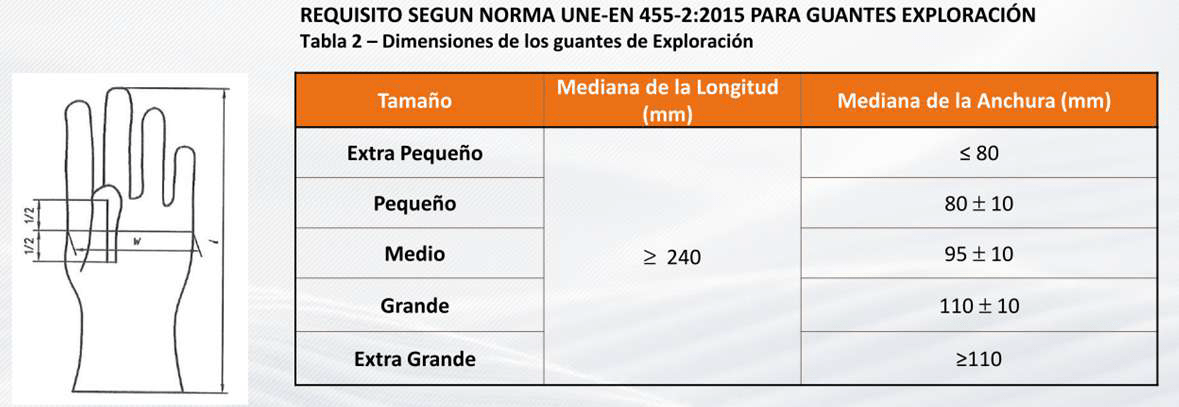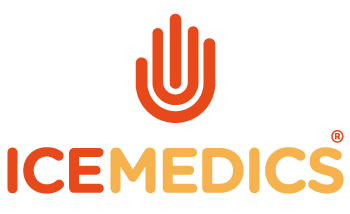Regulation
Device
Medical
UE 2017/745

This Regulation applies to medical devices and their accessories.
For the purposes of applying Regulation EU 2017/745, a medical device is understood to mean any instrument, apparatus, appliance, material, or other article, whether used alone or in combination, including software, intended by the manufacturer to be used on humans.
Considering the risk they pose to the patient, medical devices are classified into four risk classes:
- Class I
- Class IIa
- Class IIb
- Class III
Class I products correspond to the lowest risk, while Class III corresponds to the highest risk.
EN 455-1-2-3-4
This European standard specifies the requirements and test methods for determining the physical properties of single-use medical gloves to ensure that they provide and maintain an adequate level of protection against cross-contamination, both for the patient and the user during their use.
Requirements and tests to determine:
- EN 455-1:2001 Hole-free AQL Verification (<1.5)
- EN 455-2:2015 Physical Properties
- EN 455-3:2015 Biological Evaluation
- EN 455-4:2010 Determination of Shelf Life
Medical Device (MD) /
Medical Product (MP)
Single-use Class I medical gloves (non-sterile)
EN 455-1: Hole-free
This Regulation applies to medical devices and their accessories. AQL <=1.5
The AQL index determines the degree of porosity of the glove. To qualify as a medical product, the AQL index must be <= 1.5 .
To determine the degree of porosity of the glove, two tests are performed:
- Air tests
- Water tests
EN 455-2: Physical Properties


EN 455-3: Biological Evaluation
Biological evaluation tests are important for determining suitability. This provides precise information about the effects of various materials used in production. This way, negativities in the design and development processes are identified, and deviations are avoided.
- Extractable latex proteins (mandatory if the glove is made of latex)
- Bacterial endotoxins (if the glove is labeled as “low endotoxin content” sterile)
- Powder content
EN 455-4: Determination of Shelf Life
It is important to test the shelf life of products to provide an effective expiration date. This gives users confidence that the glove will be of good quality while it is up to date.
All gloves have a certain shelf life. During this time, these gloves must be able to meet the first three parts of the relevant standard. Therefore, standard TS EN 455-4 explains how to test the shelf life of a glove and how to label it.
